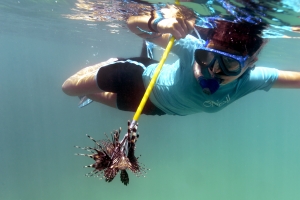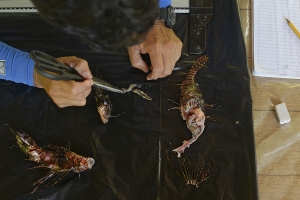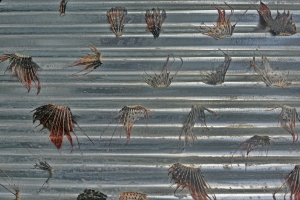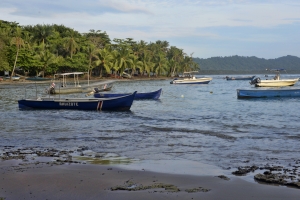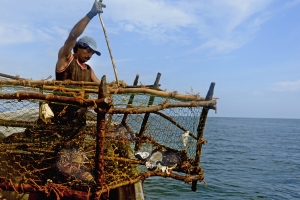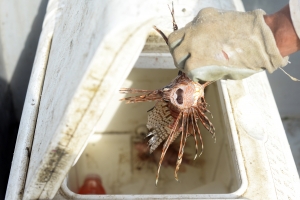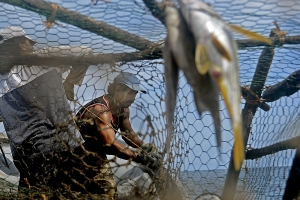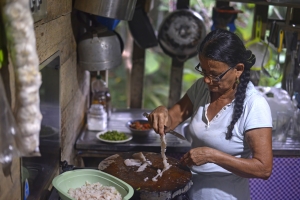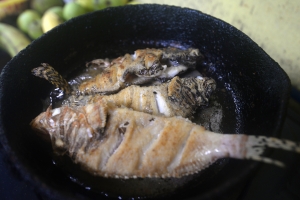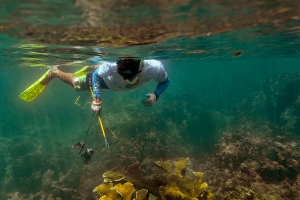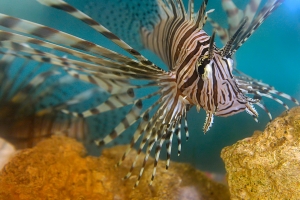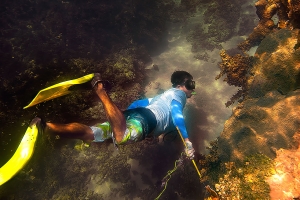One morning in 2009, José Ugalde hauled his lobster traps up from the sea along Costa Rica’s Southern Caribbean coastline and pulled out an elegant striped fish. He didn’t think much of the encounter—until he spotted another one a few months later. Soon, in some of his traps, the fish had displaced lobsters entirely. The beautiful fish, Ugalde learned, were pests called lionfish and they were threatening his community’s livelihood.
Exotic pet owners likely introduced the invasive lionfish to the Atlantic Ocean from the Indo-Pacific sometime in the last 30 years. It has no natural predators in the Caribbean Sea, where it is decimating many local fish populations. That’s bad news for communities that rely on fishing and tourism.
Yet the invaders have encountered resistance. The Southern Caribbean Artisanal Fishermen’s Association (Asociación de Pescadores Artesanales del Caribe Sur, or APACS) a group of fishermen from the Costa Rican communities of Puerto Viejo and Manzanillo, has cobbled together funds for diving equipment and spears and is training locals—including children—to hunt lionfish. Local restaurants are also taking up the challenge, creating palatable lionfish dishes.
